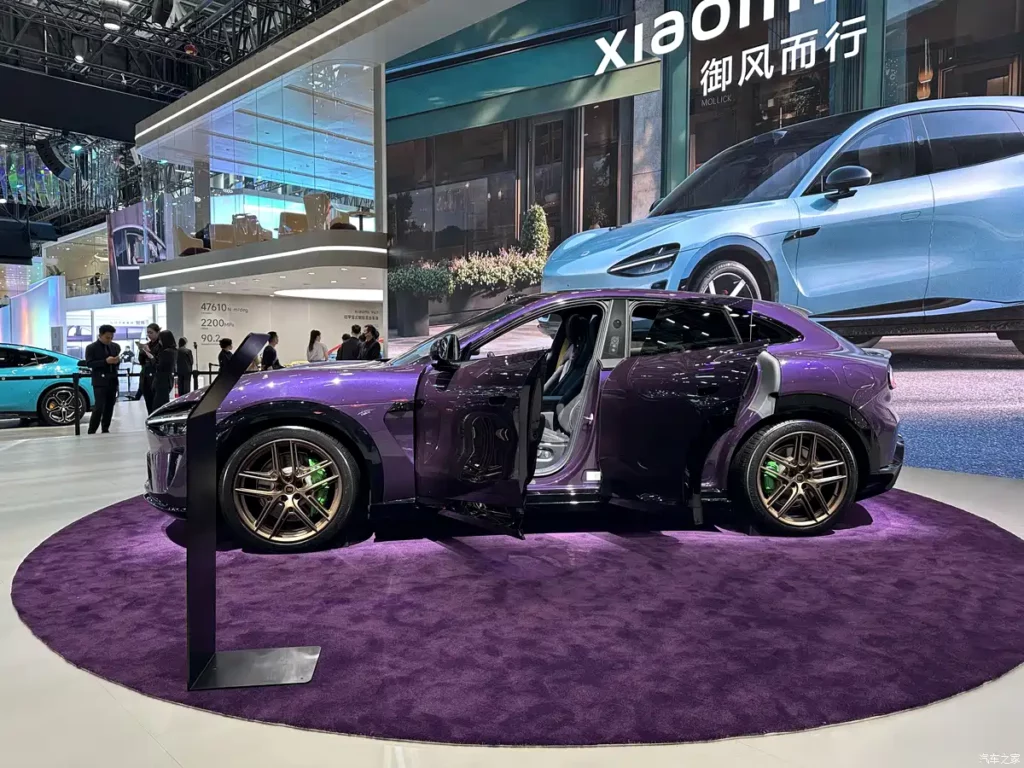Xiaomi’s YU7 Outsold Tesla’s Model Y And Now It’s Getting Personal

- Xiaomi launched its Customization Service with 100 paint options.
- Buyers can select special alloy wheels and colored Brembo calipers.
- 24-karat gold and gold carbon fiber badges add unique touches.
Xiaomi’s YU7 has quickly found its stride in China. Only a few months into its launch, the electric SUV has seen a sharp rise in sales and, in October, even edged past the Tesla Model Y. For now, though, buyers outside China are still waiting for Xiaomi to take its EVs beyond the domestic market.
Last month, Xiaomi sold an impressive 48,654 vehicles across China. Of these, 33,662 were YU7s, meaning it is now comfortably outselling the SU7 sedan. By comparison, Tesla shipped approximately 61,500 Model Ys in October, but 35,400 of these were sent to overseas markets, meaning Chinese buyers snapped up roughly 26,100 units.
Read: A 60-Week Waitlist Just Made Xiaomi’s SUV A Flippers Goldmine
Since customer deliveries of the YU7 began in July, Xiaomi is believed to have shipped around 70,000 units in total. That’s a rapid rise for a newcomer, suggesting the SUV has struck a chord with Chinese buyers.
New Customization Options

On the back of continued SUV sales success, Xiaomi announced its new Customization Service at the Guangzhou Auto Show, presenting a YU7 Max painted in Crystal Purple to mark the occasion.
The new service is effectively Xiaomi’s take on Porsche’s Paint to Sample program, with plans to roll out more than 100 new paint colors over the next three years. It’s a striking contrast to Tesla’s strategy, which restricts buyers to just a few standard colors and trims in the name of production efficiency and fatter profit margins.
The full list of paint colors has yet to be announced, but Xiaomi did say that the special finishes will be priced from 11,000 yuan ($1,500). Through the Customization Service, shoppers will also be able to choose from a selection of alloy wheels and colored Brembo brake calipers.

For buyers with a taste for extravagance, Xiaomi will also offer 24-karat gold badges or black-and-white emblems, along with gold carbon fiber versions.
Powering single motor versions of the YU7 is a rear-mounted unit delivering 315 hp (235 kW) and 389 lb-ft (528 Nm) of torque, fed by a 96.3 kWh battery pack. Xiaomi also offers dual-motor versions with 489 hp (365 kW) and 681 hp (508 kW), respectively.
An even more potent version of the YU7 is on the cards, but it’s too early to say if it will reach the same heights as the SU7 Ultra.